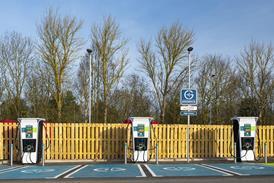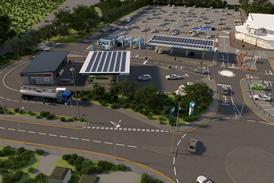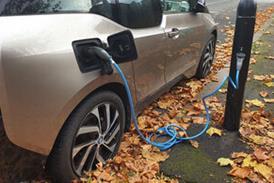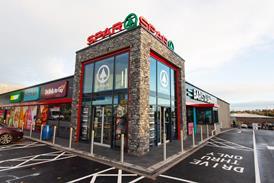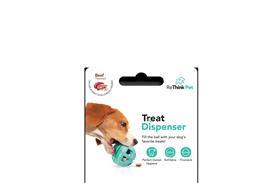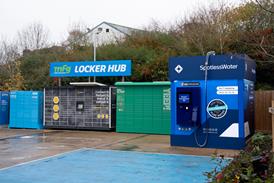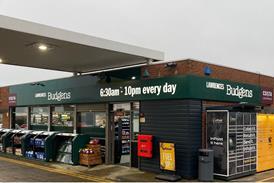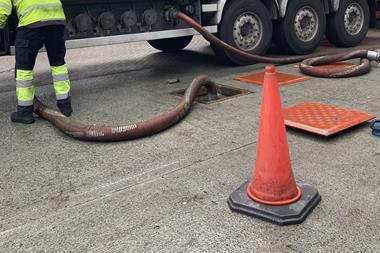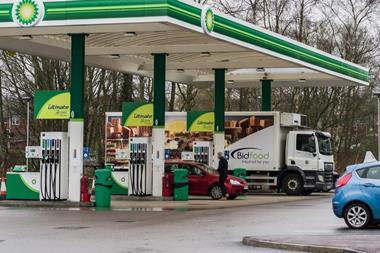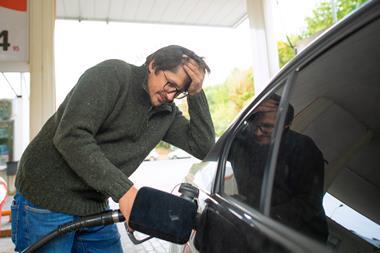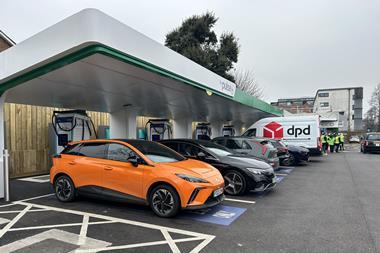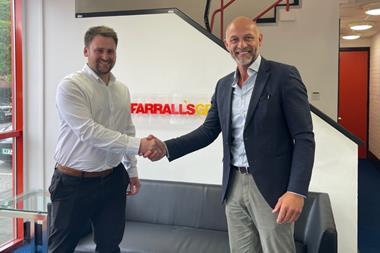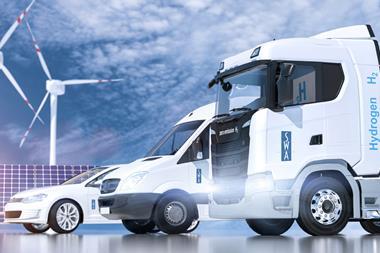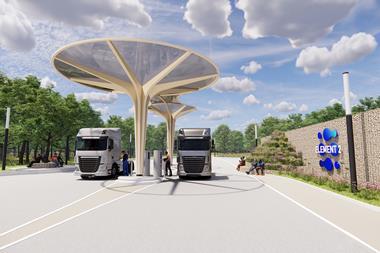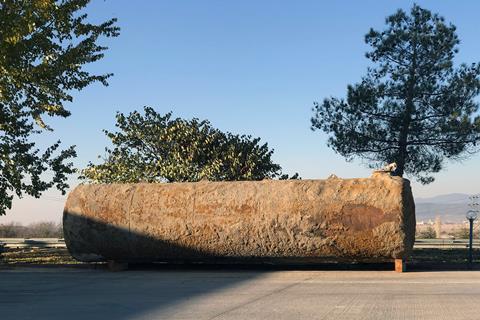
’Out of sight, out of mind’ may be a reasonable maxim for tricky relatives, but it can be a recipe for disaster where underground fuel tanks are concerned.
Serious environmental damage, big clean-up bills and hefty fines are a very real prospect for firms whose sites leak fuel into soil and watercourses, and while tank lifespans are typically around 20 to 30 years, excavating and replacing them is an expensive and highly disruptive undertaking, and one that typically requires planning permission.
Tank repairs and relining can offer a more cost-effective solution that can allow a filling station to remain open when works are carried out, with some relining firms offering a service that provides a temporary above-ground tank, allowing for fuel to continue to be sold during the process.
Several options are available, though, but what are the different types of tank relining, and what are their advantages and disadvantages?
Localised repairs
If a tank is new enough and inspections indicate weak spots or microleaks, it may not be necessary to reline them, with patch repairs potentially remedying issues. Glass-reinforced plastic (GRP) patches can be applied after a fuel has been uplifted and the tank has been inspected and cleaned, while the thickness of a tank’s walls can be compared against original specification to check its overall health.
Such repairs, sometimes known as ‘retightening’, can make sense if the tank is in generally good health, though they won’t be right for firms with “no men in tanks” policies, and are only designed for single-skin tanks.
Bladder tanks
This is a more comprehensive ‘tank within a tank’ approach. Existing tanks are measured using laser calibration, which can be done when the existing tanks are up to 25% full. The data generated from this is then used to create a custom liner that is manufactured off-site. When ready for install, fuel is uplifted from the tank before it is cleaned and degassed, robotically if necessary, and the bladder installed.
Designed for single-skin tanks, bladder relines allow for a leak-detection system to be installed between the original steel tank and the bladder. Relines can be tricky in larger tanks, but with installs taking as little as two or three days, and the ability for them to be fitted without workers entering a tank, they can be a quick and cost-effective solution.
Single-skin relining
This process sees fuel uplifted and the tank cleaned, before workers enter the tank and apply patch repairs to any heavily pitted areas. Layers of glass-reinforced-plastic matting are then applied to all walls of the tank before these are coated in resin, effectively creating a new tank using the existing structure as a mould.
Double-wall relining
This is the belt-and-braces approach to relining, and works on a similar principle to single-skin relining. The difference is that double-skin relining creates what’s known as an interstitial space between two new layers of glass-reinforced plastic, with this cavity allowing for a leak-detection system, working either with pressure or a vacuum, to be fitted. Sensors detect if the pressure or vacuum in the interstitial space changes, indicating a leak; this, in turn, leads to an alarm being sounded.

